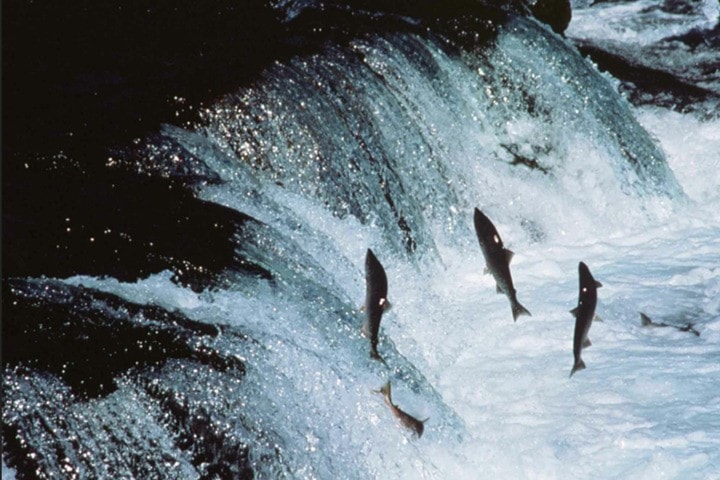By Tom Fletcher, Black Press
Commercial and sport sockeye fishing remained closed on the Fraser River system this week, as the Pacific Salmon Commission reported a lower than expected return of fish in what was already expected to be a poor return year.
Based on the latest test fisheries, the commission's Fraser River Panel upgraded its forecast of early summer-run sockeye from 400,000 to 452,000 fish. The following summer run "is either lower than forecast or their migration timing is much later than expected," the joint Canada-U.S. panel reported this week.
The proportion of late-run sockeye through ocean approach areas has increased in recent days. The late run is expected to be dominated by Birkinhead, Weaver and Late Shuswap sockeye, with some from the Portage and Cultus Lake systems.
Water level and temperature in the Fraser system is another concern, after a dry early summer. As of Aug. 5, Fraser River water discharge at Hope was 26 per cent lower than average for that date. The temperature was 20.5 degrees, 2.8 degrees higher than average, a condition that would risk high pre-spawning death if it continues.
The 2013 run is the next in the four-year sockeye life cycle after the disastrous 2009 run, which was expected to see 10 million return. After only one million came back, the federal government appointed Justice Bruce Cohen to head a commission of inquiry on the state of Fraser sockeye.
As the inquiry was hearing testimony, the 2010 run came in at an unusually high 35 million fish, reflecting the complexity of the system that sustains Pacific salmon.
The Cohen commission found overall declines in most west coast rivers starting in the late 1980s, from Washington state to the Fraser, Skeena and Nass in B.C., Yukon's Klukshu and Alaska's Alsek River.
